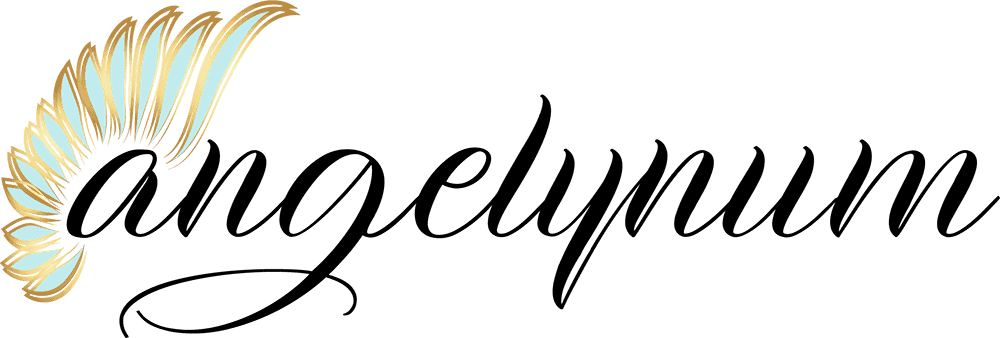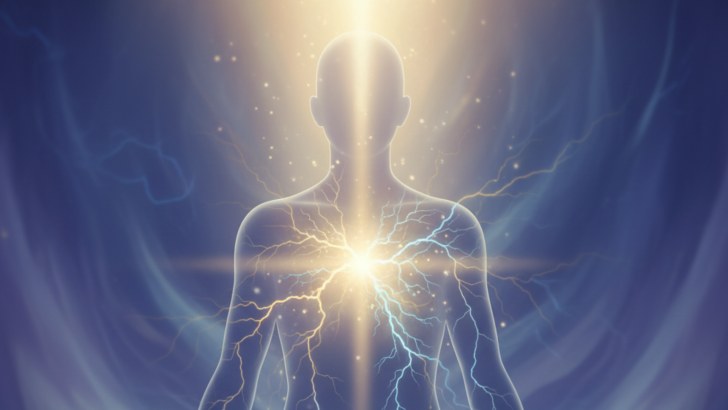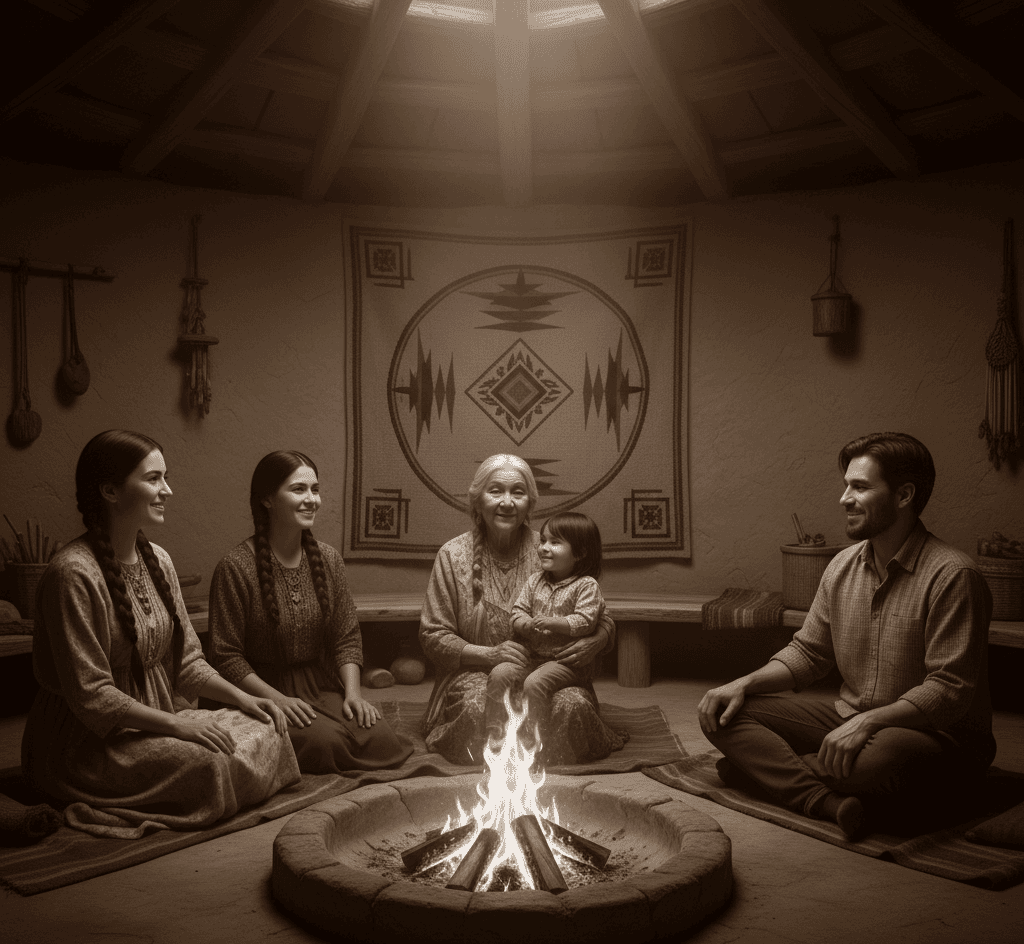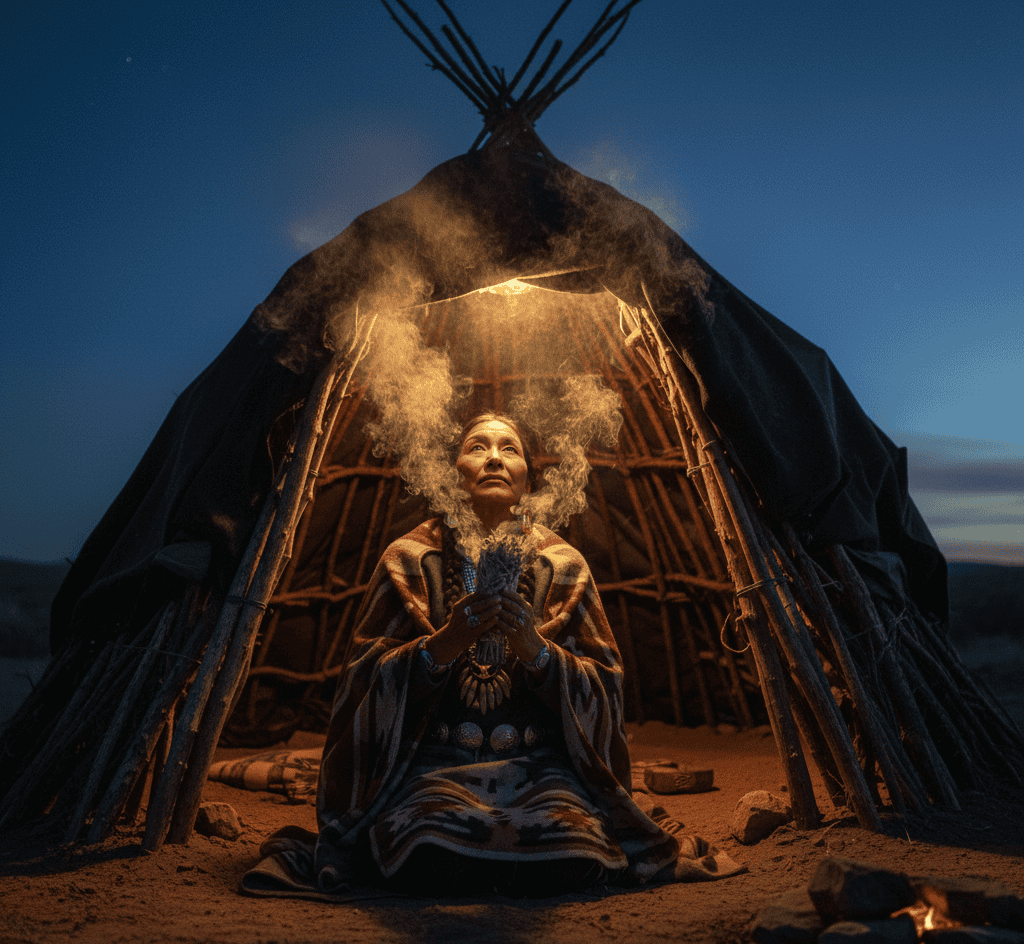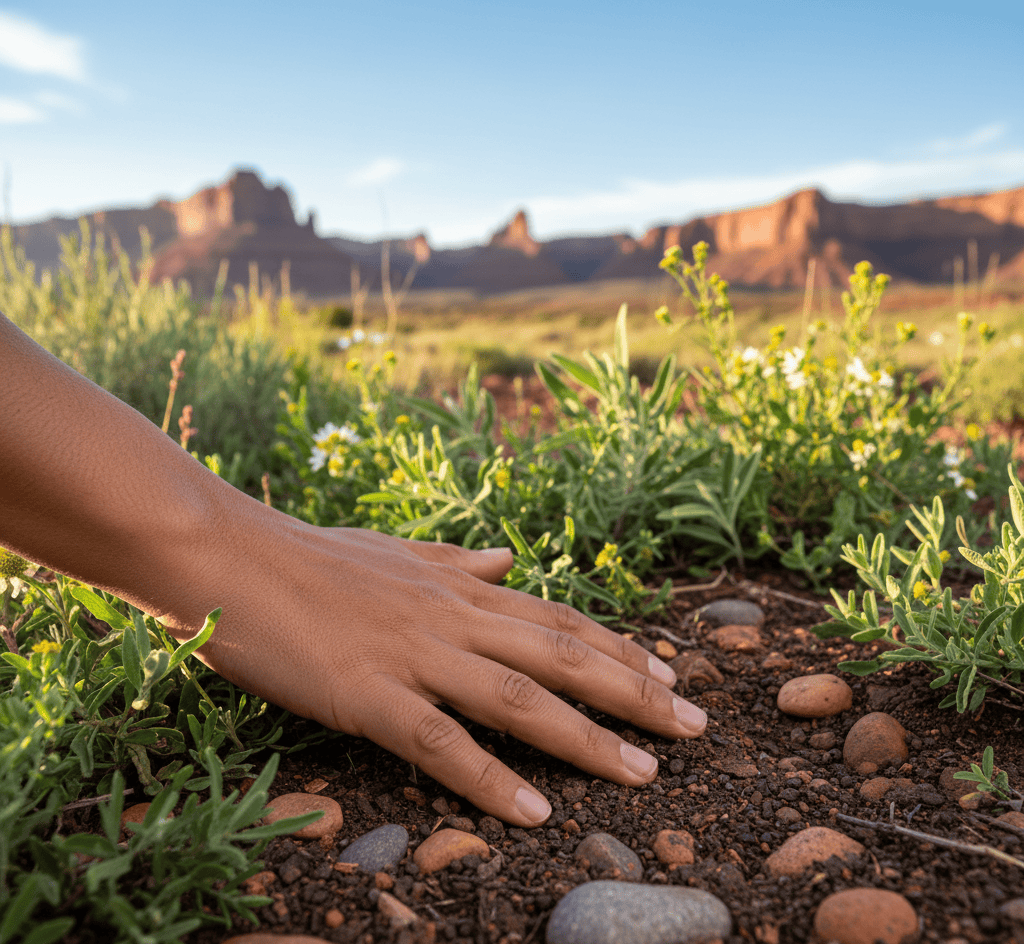Across many Indigenous cultures, health has always been understood as more than the absence of disease.
For centuries, tribes across North America have viewed the human body as inseparable from the spirit, the mind, and the natural world.
When a person becomes sick, it is not only the body that suffers — it is believed that something within the soul has fallen out of balance.
To these communities, healing means restoring harmony between all parts of existence: the self, the earth, and the unseen world.
This view contrasts with modern medicine’s focus on physical symptoms, yet it holds a wisdom that continues to influence holistic approaches to health today.
The Soul as the Center of Balance
In many tribal belief systems, the soul is seen as the life force that connects a person to everything around them — family, ancestors, animals, and the land.
When that spiritual connection weakens, illness is thought to arise. The Navajo, for example, believe that health depends on maintaining hózhó, a state of beauty, balance, and harmony.
Losing this harmony through fear, grief, or wrongdoing can open the door to physical sickness.
Similarly, among some Lakota and Ojibwe traditions, illness can occur when part of the soul strays or becomes trapped after trauma or emotional pain.
The physical symptoms are only signs of a deeper spiritual wound that needs to be acknowledged and healed.
The Role of the Healer
Traditional healers — often called medicine men or women, shamans, or spiritual doctors — serve as intermediaries between the physical and spiritual worlds.
Their role is not only to cure the body but to restore the soul’s alignment. Healing ceremonies might involve song, drumming, herbs, smoke, and prayer, all meant to invite spiritual balance.
A healer may call upon ancestral spirits, seek guidance through visions, or perform rituals to retrieve a lost part of the soul.
Each tribe has its own unique methods, but the underlying belief is the same: a person cannot truly heal until their spirit has been made whole again.
Among the Apache, for instance, ceremonies like the chantway use song and sand painting to reestablish harmony between a patient and the forces of nature.
In the Pueblo tradition, the kachina spirits are invoked to bring renewal and health to the community.
These acts of healing are deeply communal, reflecting the idea that one person’s wellness is connected to the well-being of everyone else.
Emotional Pain and Spiritual Illness
Modern psychology often recognizes the connection between emotional pain and physical health — a link that Indigenous peoples understood long before science caught up.
Stress, loss, guilt, or fear can weaken the body’s natural defenses, leading to sickness. Many tribal healers interpret these emotions as signals from the soul.
When grief or anger is left unresolved, it disturbs the flow of life energy. The remedy is not just medication but spiritual cleansing.
Smudging with sage or sweetgrass, sweat lodge ceremonies, or talking circles are ways to release heavy emotions and restore spiritual clarity.
These practices are acts of renewal that encourage forgiveness, reconnection, and peace within oneself.
This perspective reminds us that emotions are not weaknesses to suppress but messengers that something within needs attention.
In tribal thought, ignoring spiritual pain is as dangerous as ignoring a fever. The sooner the balance is restored, the quicker the healing begins.
The Earth as Medicine
The belief that illness begins in the soul is deeply tied to a tribe’s relationship with the natural world. For many Indigenous peoples, the earth itself is sacred and alive.
Plants, water, and stones are not mere resources — they are partners in healing. To harm the land is to harm the spirit, and to restore health, one must reconnect with nature’s rhythms.
The Cherokee once taught that every plant on earth has a purpose, a medicine for each sickness.
The Hopi and Zuni see balance with the environment as essential to physical and spiritual well-being.
Healing, therefore, is not only personal but ecological. When the land thrives, the people thrive.
Spending time in nature, practicing mindfulness, and respecting natural cycles can strengthen mental and physical health. For tribal cultures, this connection was never lost; it was always a way of life.
Healing in the Modern World
Today, as Indigenous and Western healing traditions increasingly overlap, the belief that illness begins in the soul is being reexamined through new eyes.
Holistic medicine, energy work, and mindfulness therapy all echo the same principle: true health cannot exist without spiritual balance.
For many tribal communities, continuing these practices is also a way to preserve culture, language, and ancestral identity.
Ceremonies are not just for curing sickness; they are reminders of who we are and how deeply we are connected to everything around us.
In the end, whether one believes in the literal power of the soul or not, the message remains universal.
Healing requires more than treating symptoms — it calls for care of the mind, body, and spirit together.
For the tribes who have held this belief for generations, illness is not simply a curse or a punishment but a sign that something within needs love and attention.
To heal the soul is to heal the person. And in that timeless truth, their ancient wisdom continues to speak clearly, reminding us that the deepest medicine often comes from within.

Sempre senti uma forte ligação com o Divino desde o meu nascimento. Como autora e mentora, a minha missão é ajudar os outros a encontrar o amor, a felicidade e a força interior nos momentos mais sombrios.
